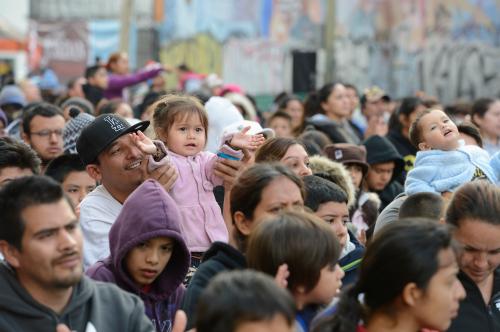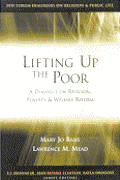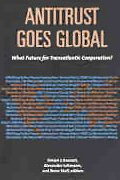As Edin and Shaefer show in such moving fashion, there are some American households living on very low incomes. There is now a large literature on what researchers call “disconnected” mothers; that is, mothers who are disconnected from both the labor market and cash welfare through the Temporary Assistance for Needy Families (TANF) program.
These mothers make up a considerable fraction of the people Edin and Shaefer say are living on $2 a day in cash income. Articles about disconnected mothers began appearing within three or four years of the passage of the 1996 welfare reform law, which Edin and Shaefer argue has made extreme poverty more common. As a result of this large body of research, we now know a lot about disconnected mothers, including that they are likely to live in deep poverty, and that they often face multiple barriers to employment such as low IQ, poor literacy, and mental health issues.
Problems measuring income with SIPP
Edin and Shaefer add to this literature, but there are several problems with their $2 a day statistics, some of which they acknowledge. The first is that, as Bruce Meyer of the University of Chicago and other researchers have shown, income from government programs is underreported in data from the Survey of Income and Program Participation (SIPP) used by Edin and Shaefer. Meyer and two of his colleagues found in a 2008 study of SIPP that SNAP (food stamp) benefits (in dollar terms) were underreported by about 25 percent, while cash income from TANF was underreported by nearly 40 percent. The $2 a day estimate is based on survey data that omits much of TANF income.
Consumption often higher than income
Another problem is that income is not necessarily the best measure of household resources. As Bruce Meyer and his colleague James Sullivan at Notre Dame have shown, measuring consumption data and comparing it with income data shows that most low-income households consume goods and services worth much more than their income. In a recent study, Meyer and Sullivan show that the official, income-based poverty rate is almost 50 percent higher than their consumption-based poverty rate.
Don’t discount non-income benefits
A third problem is that any attempt to measure household well-being with only cash income paints a seriously misleading picture. In addition to cash, government benefits are given in the form of SNAP and other nutrition programs, housing, health insurance, and many other benefits that provide tens of billions of dollars to single mothers and children. Edin and Shaefer acknowledge these other benefits, but emphasize the importance of cash. It makes little sense to focus only on cash, itself underreported, and almost ignore these additional billions in other safety net benefits. Doing so is roughly equivalent to measuring the resources enjoyed by wealthy households by using only their earnings and ignoring their income from investments. In both cases, attending to only one source of income does not adequately capture the resources households actually possess.
Welfare reform: it worked
On a broader point, the 1996 welfare reform law that Edin and Shaefer criticize was intended to encourage or require heads of households currently receiving or seeking welfare to work in exchange for benefits. A work-based safety net, often called the work support system, created and expanded by both federal and state governments over the last three decades, made work pay by providing generous benefits to low-income workers with children. The push of welfare reform and the pull of the work support system, plus a strong economy, combined to bring many single mothers into the labor force at the time of welfare reform.
The percentage of never-married mothers, the group most likely to go on welfare, with a job increased by about 35 percent between 1994 before welfare reform and 2000, the peak employment year before the recession of 2001 hit. In spite of the recessions of 2001 and 2007, single mothers continued working at much higher rates than before welfare reform. Based only on the earnings of single mothers, the poverty rate among these mothers and children in 2013 was about 48 percent, about 12 percent lower than the comparable poverty rate in 1994, in large part because more mothers worked in 2013 than in 1994. But equally important, in 2013 benefits from the work support system knocked the poverty rate down from 48 percent to 24 percent, a reduction by one half, much lower than in any year before welfare reform.
Thus, in addition to the issues with claiming that many Americans live on $2 a day in cash, the putative cause of this tragedy—welfare reform—has played a major role in increasing the work rate among mothers and substantially reducing the poverty among mothers and children in single-parent families.
Calling attention to the plight of disconnected mothers is an appropriate and important task for researchers. Developing programs to help these mothers, as some states are trying to do, is an important goal of public policy. But without the context outlined above, Edin and Shaefer’s analysis provides an incomplete picture of the changing prevalence and causes of poverty in America.
Next: Edin and Shaefer respond.
The Brookings Institution is committed to quality, independence, and impact.
We are supported by a diverse array of funders. In line with our values and policies, each Brookings publication represents the sole views of its author(s).









Commentary
$2 a day: A more complete picture
September 14, 2015